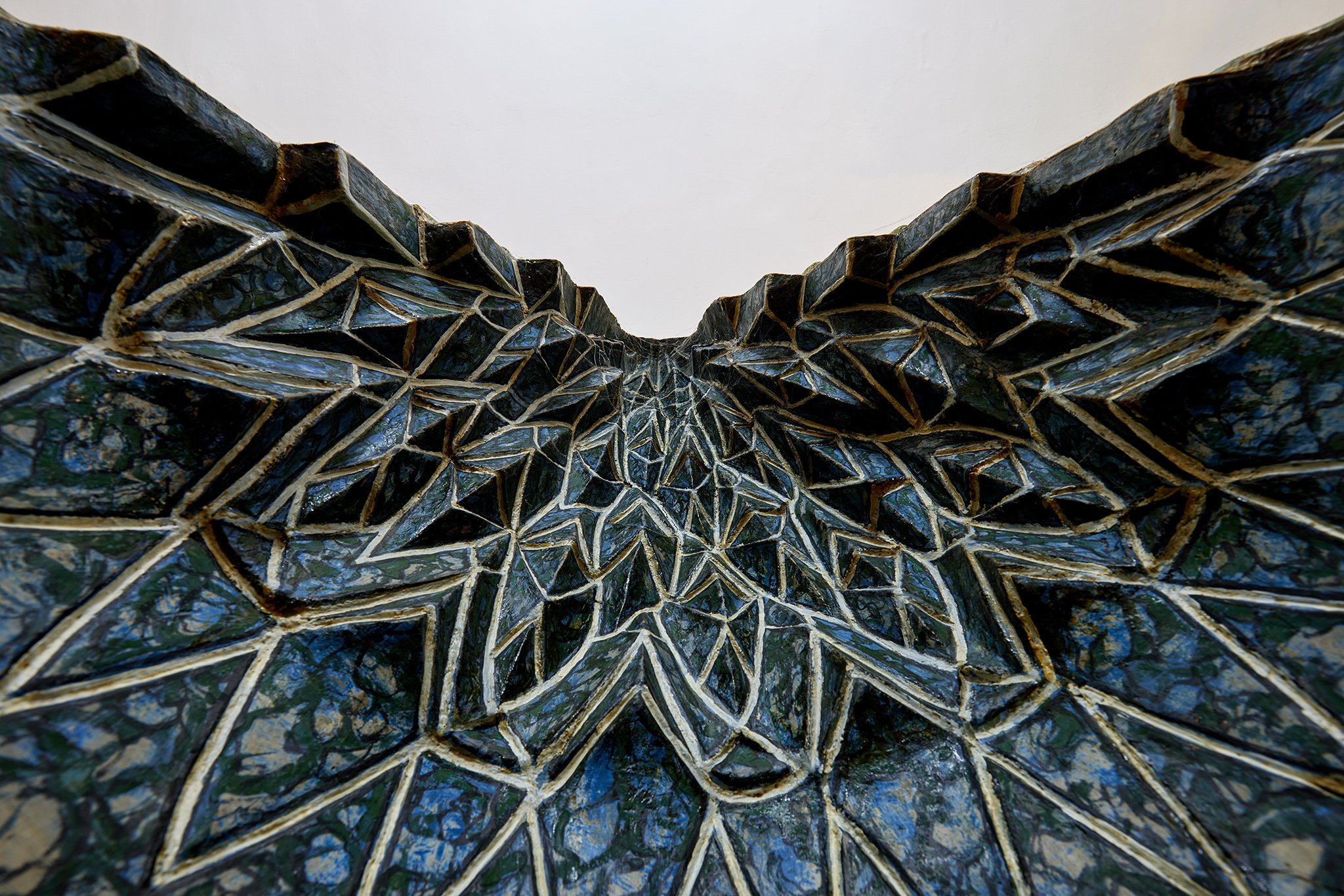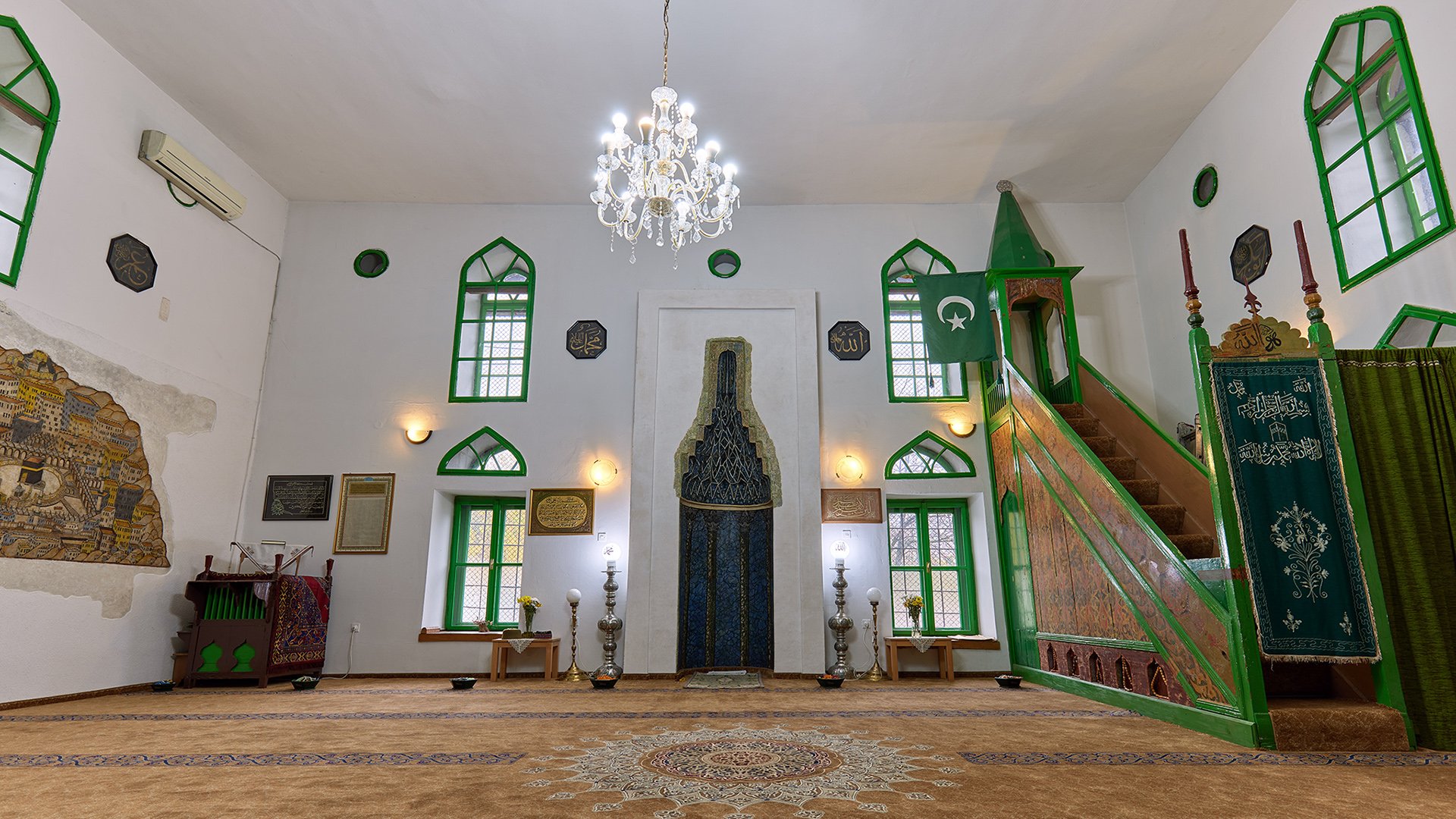
MIŠĆINA MOSQUE IN SARAJEVO
Author: Amra Madžarević, Museum of the City of Sarajevo • Photo & video: Mirza Hasanefendić
The Mišćina or Kebkebir hadži Ahmed Mosque is located in Sarajevo residential quarter known as Kovači. It was built in the early 16th century (1543-1557.). Above the portal there is a wooden levha with the inscription: “Owner of property and the hastahana (hospital) Kebkebir hadži Ahmed, year 1543, 963 AH”. The mosque was destroyed in a big fire during the raid of Eugene of Savoy but was renewed in 1700. It was named Mišćina after the muezzin of the mosque Mehmed, a.k.a. Mišćo, who was famous for his voice and beautiful prayers. Mula Mustafa Bašeskija, a chronicler, was a contemporary of the muezzin (18th century), and recorded the following observation: At dawn he would sing the paeon, his voice filling the city. People say that his adhan could be heart as far as ten kilometers away.
The mosque has a hipped roof, the stone minaret and has no cemetery. The mihrab and the mimber are decorated with painted floral motifs. The mosque is distinctive ba wall frescoes, drawings of Mecca and Medina, which were painted by hadži Mustafa Faginović in 1878. Mustafa draws origin from a well-known artist family, which engendered several calligraphers, and he also painted the Sultan Fatih Mosque in Istanbul. Here, the painter relied on the principles of historical-mapping painting on Turkish miniatures, which is based on Persian influences. The paintings are completely filled with buildings and elements from nature.
Besides the waqif and founder Ahmed Kebkebir, the mosque had a large number of benefactors who helped with its maintenance and renewal. They include a woman, hadži Fatima, daughter of Ahmed Džino, who endowed one shop and two rooms, the income from which was intended for maintaining the vigil lamp.
The Mišćina Mosque is a national cultural monument.











































